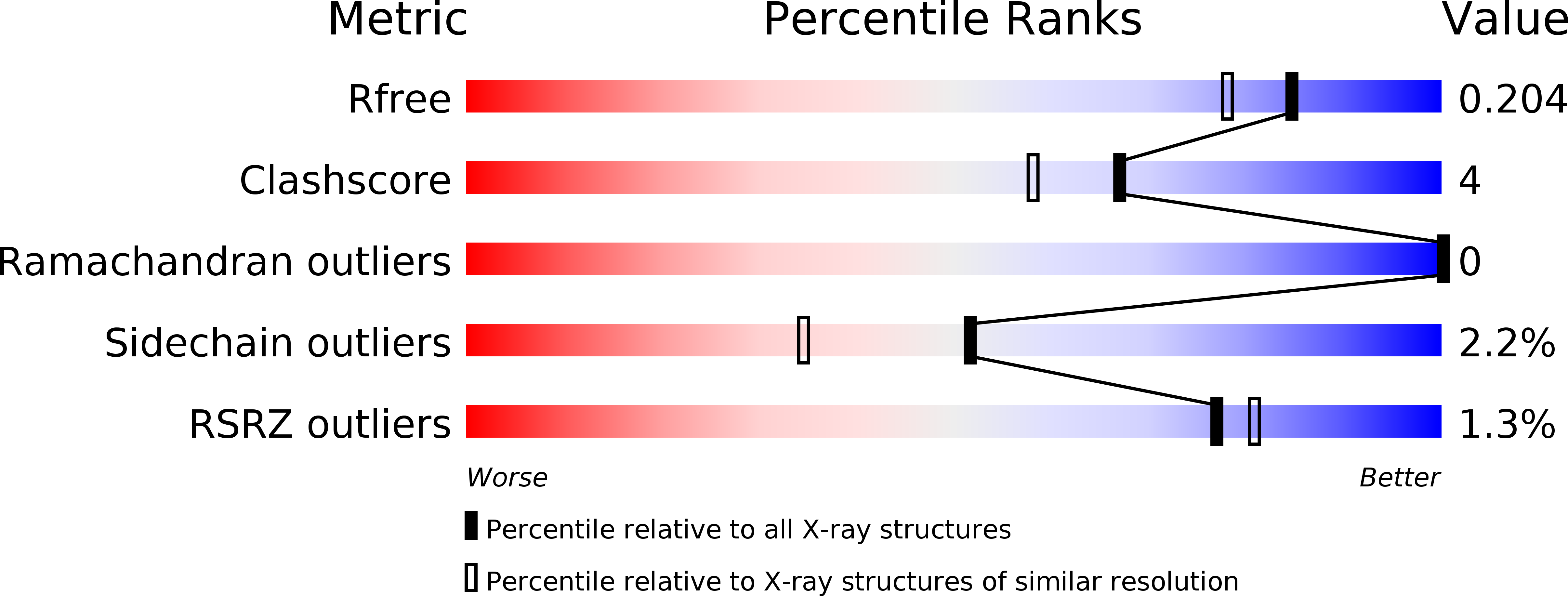
Deposition Date
2011-03-13
Release Date
2012-02-01
Last Version Date
2024-02-21
Method Details:
Experimental Method:
Resolution:
1.70 Å
R-Value Free:
0.20
R-Value Work:
0.17
R-Value Observed:
0.17
Space Group:
P 32 2 1


